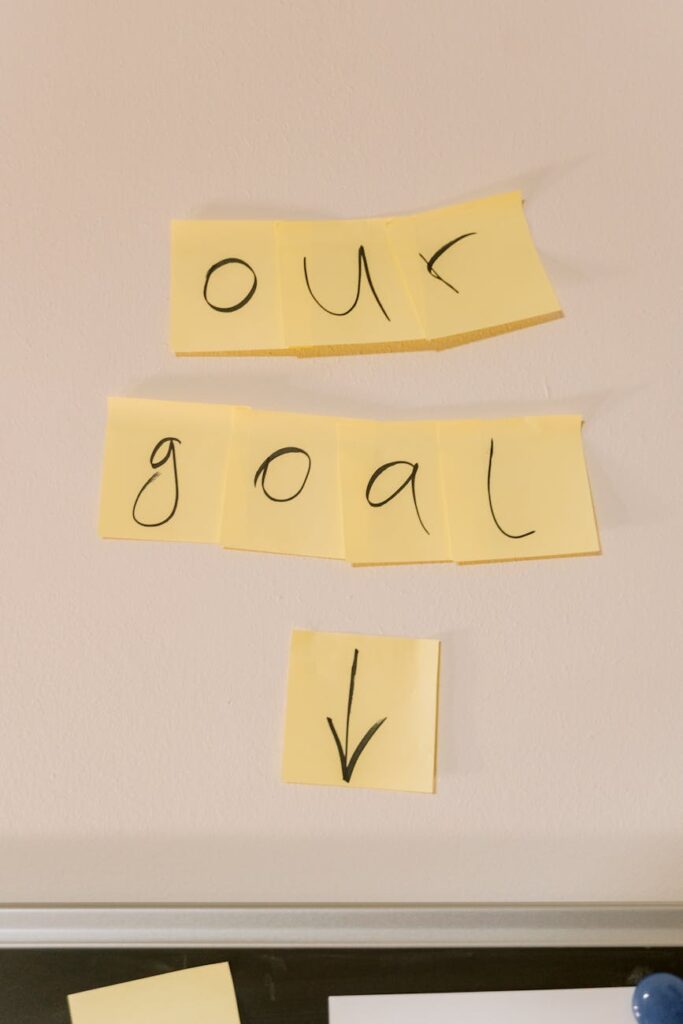What is goal alignment workshops?

What is goal alignment workshops?
In the fast-paced world of business, clarity in goals can make or break a team’s productivity. This is where goal alignment workshops come into play. These workshops are structured sessions designed to align the objectives of team members with those of the organization. By fostering collaboration and understanding, they help ensure that everyone is on the same page, moving towards common goals.
Understanding Goal Alignment Workshops
Goal alignment workshops are gatherings where team members come together to discuss, clarify, and align their individual goals with the broader organizational objectives. These workshops are significant in fostering collaboration, as they create an environment where everyone’s voice matters.
Purpose of Goal Alignment Workshops
The primary objective of these workshops is to ensure that all team members understand their roles in achieving the organization’s goals. They serve to:
- Clarify Expectations: By discussing goals openly, team members can ensure they know what is expected of them.
- Build Team Cohesion: These sessions promote a sense of unity and shared purpose, which can strengthen team dynamics.
When to Conduct Goal Alignment Workshops
There are specific scenarios when running a goal alignment workshop is especially beneficial:
- At the Start of a New Project: Kick-off sessions can set a strong foundation for collaboration.
- During Organizational Change: Times of transition can create uncertainty; a workshop can help realign teams.
- When Teams Are Underperforming: If goals seem out of reach, workshops can reenergize the team and clarify objectives.

Photo by Tima Miroshnichenko
Benefits of Goal Alignment Workshops
Conducting goal alignment workshops has numerous advantages for teams and organizations.
Improved Communication and Collaboration
One of the standout benefits is enhanced communication. Workshops create a space where team members can express their thoughts and concerns. This not only improves understanding but also fosters a culture of openness. When everyone communicates effectively, collaboration becomes smoother, leading to better outcomes.
Increased Accountability and Focus
When goals are clearly defined, team members feel a stronger sense of accountability. They know not only what they are working towards but also how their contributions impact the larger picture. This clarity leads to increased focus, as everyone understands their role in the team’s success.
Steps to Conduct a Successful Goal Alignment Workshop
To maximize the effectiveness of a goal alignment workshop, there are several key steps to consider.
Setting Clear Objectives
Before diving into the workshop, it’s crucial to have a clear agenda. Defining what you hope to achieve during the session ensures that discussions remain focused. By setting specific objectives, you create a roadmap for the meeting and help participants stay on track.
Engaging Participants Effectively
Engagement is key to a successful workshop. Use techniques like brainstorming sessions, breakout groups, and interactive discussions to encourage participation. The more involved participants feel, the more likely they are to contribute meaningfully.
Follow-Up and Implementation
After the workshop concludes, don’t let the momentum fizzle out. It’s important to follow up on the goals established during the session. Implementing a plan for accountability ensures that the workshop’s outcomes translate into action. Regular check-ins can provide opportunities to review progress and make necessary adjustments.
Common Challenges in Goal Alignment Workshops
Despite their benefits, goal alignment workshops can face challenges.
Resistance to Change
One common obstacle is team members’ resistance to change. People may feel comfortable with the status quo and reluctant to adopt new approaches or goals. Addressing fears and emphasizing the benefits of alignment can help overcome this resistance. Encouraging open dialogue can also alleviate concerns, allowing everyone to voice their hesitations.
Lack of Clarity in Goals
If goals are vague or poorly defined, it can derail the effectiveness of the workshop. To combat this, ensure that all goals discussed are SMART—Specific, Measurable, Achievable, Relevant, and Time-bound. This clarity helps participants understand exactly what is expected and how success will be measured.
Conclusion
Goal alignment workshops are a powerful tool for enhancing both personal and organizational productivity. By bringing team members together to align their goals, these workshops promote collaboration and clarity. Whether you’re starting a new project, navigating organizational change, or seeking to boost performance, consider implementing a goal alignment workshop. It’s a strategic way to ensure that everyone is working towards a shared vision, making your team not just more efficient, but also more connected.